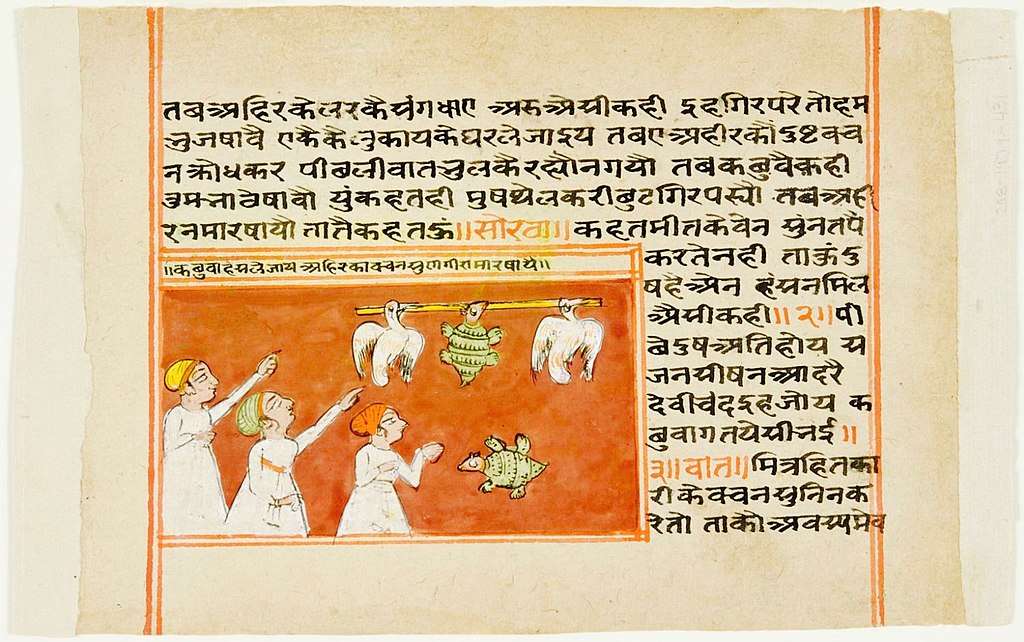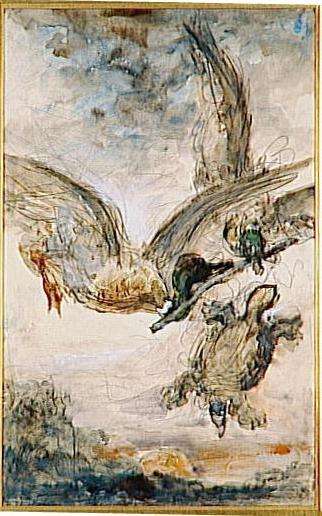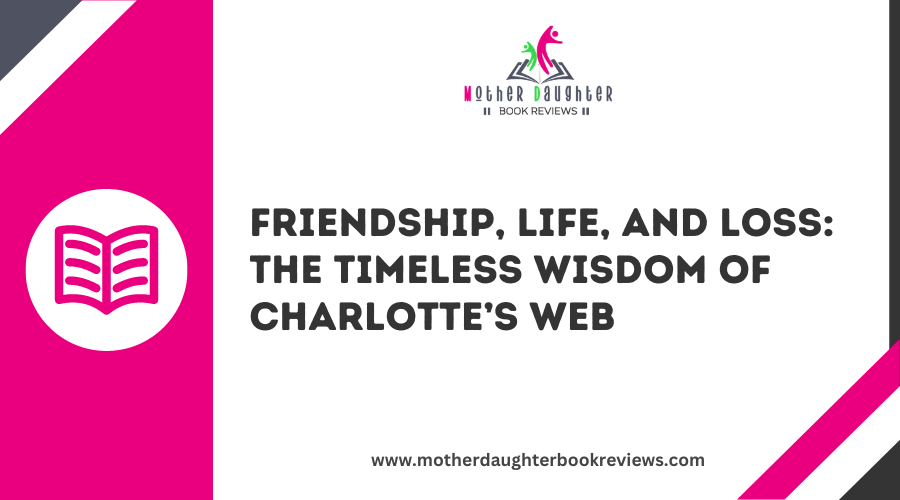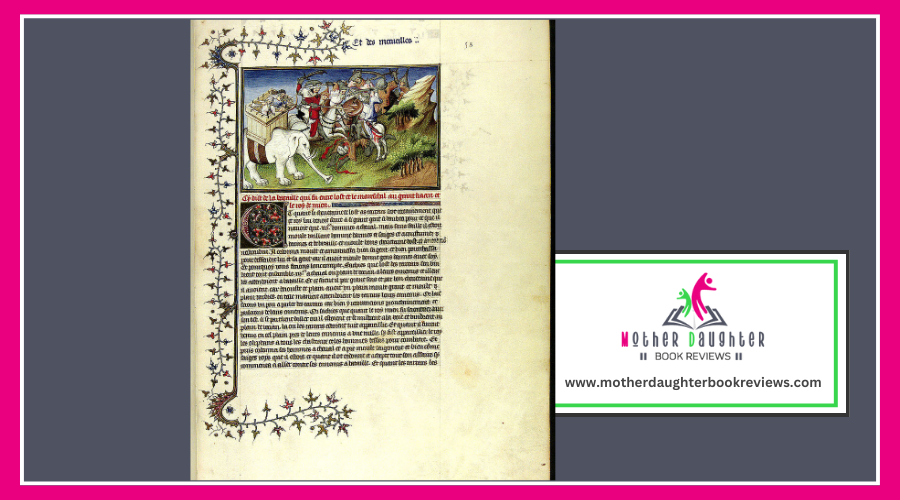Exploring Ancient Indian Wisdom in Panchatantra

Panchatantra isan ancient Indian children's classic crafted to teach life lessons through delightful animal fables. These stories, attributed to Vishnu Sharma, cleverly use animals to embody human traits and convey ethical dilemmas. With fables like "The Lion and the Rabbit," teaching wit over strength, and "The Monkey and the Crocodile," highlighting quick thinking, you'll reveal strategies for wise governance and moral conduct.
Origins of the Panchatantra
The Panchatantra's origins are deeply rooted in ancient Indian literature, tracing back to around 200 BCE. You might be intrigued to know that this collection of stories was created with a very practical purpose. It was designed to educate the sons of royalty in the principles of wise governance and moral conduct. You can imagine the ancient scholars crafting these tales to impart wisdom, using animals as characters to make the lessons memorable and engaging.
The author of the Panchatantra is traditionally believed to be Vishnu Sharma, a learned Brahmin. Legend has it that a king, frustrated by his sons' lack of intelligence, sought Vishnu Sharma's help. To teach them life skills, Sharma didn't resort to dry lectures. Instead, he wove stories filled with wit, strategy, and ethical dilemmas.
If you explore its pages, you'll find that the Panchatantra transcends mere storytelling. It's a masterful blend of folklore and practical wisdom. These stories have been translated into numerous languages, spreading their influence far beyond India. For centuries, they've provided guidance on maneuvering the complexities of life, making the Panchatantra a timeless classic.
Structure and Themes
The text is divided into five books, each focusing on a specific aspect of life and governance. These books are "Mitra Bheda" (The Loss of Friends), "Mitra Laabha" (Gaining Friends), "Kakolukiyam" (Crows and Owls), "Labdhapranasam" (Loss of Gains), and "Apariksitakarakam" (Ill-considered Action). Through these divisions, the Panchatantra systematically addresses different facets of human behavior and societal norms.
You'll notice that each book contains a collection of interwoven stories, often with stories within stories, creating a layered narrative. This structure isn't just for entertainment; it's designed to impart wisdom in a way that's engaging and memorable. The themes revolve around pragmatic wisdom, moral conduct, and strategic thinking. They often emphasize the importance of intelligence, loyalty, and perseverance, while cautioning against deceit and impulsiveness.

Key Fables and Stories
Among the many valuables within the Panchatantra, key fables and stories stand out for their wisdom and timeless appeal. You'll encounter tales like "The Lion and the Rabbit," where a clever rabbit outsmarts a fierce lion by tricking him into attacking his own reflection. This story highlights the importance of wit over brute strength.
Another enthralling tale is "The Monkey and the Crocodile." A monkey befriends a crocodile, but when the crocodile's wife plots to eat the monkey's heart, the monkey cleverly escapes by claiming he's left his heart in a tree. This story showcases the value of quick thinking in dire situations.
Then there's "The Tortoise and the Geese," where a talkative tortoise can't resist speaking while being carried by two geese, leading to his downfall. It serves as a cautionary tale about the dangers of not knowing when to keep silent.
"The Blue Jackal" tells the story of a jackal that falls into a vat of blue dye and convinces other animals he's a mighty king, only to be exposed by his own howling. These stories, among others, offer rich narratives that enthrall and educate simultaneously.
Moral Lessons and Wisdom
You can derive numerous moral lessons and invaluable wisdom from the Panchatantra's timeless tales. Each story is crafted to impart practical life lessons. For instance, "The Monkey and the Crocodile" teaches you the importance of quick thinking and the danger of misplaced trust. When the crocodile tries to trick the monkey, quick wit saves the day, emphasizing the value of intelligence.
"The Tortoise and the Geese" offers a powerful lesson in controlling your tongue. The tortoise, unable to keep quiet, meets a tragic end, reminding you that sometimes, silence is golden. Another classic, "The Lion and the Rabbit," shows how cleverness can outwit brute strength. The rabbit's cunning plan to trap the lion demonstrates that brains can triumph over brawn.
These tales aren't just about animals; they're mirrors reflecting human behavior. Regardless if it's about friendship, trust, or cleverness, each fable encourages you to think critically and act wisely. By absorbing these stories, you build a foundation of ethical principles that guide you through life's challenges. So, explore the Panchatantra and let its lessons enrich your understanding and decision-making.

Conclusion
Throughout history, the Panchatantra has left an indelible mark on literature and culture worldwide. As you explore its influence, you'll find that these ancient Indian fables have transcended borders and generations, impacting a multitude of storytelling traditions and educational methods.
The Panchatantra's stories have been translated into numerous languages, embedding themselves in diverse cultures. You'll see, its tales reflected in Aesop's Fables, which share the Panchatantra's knack for imparting wisdom through animals and simple narratives. Medieval Europe also saw translations that influenced different literary works of the time, while adaptations in the Middle East, known as "Kalila and Dimna," became similarly popular.




